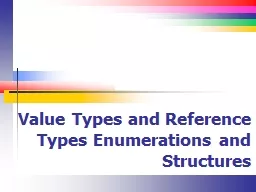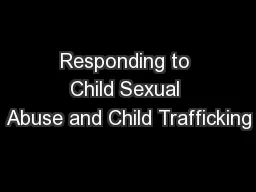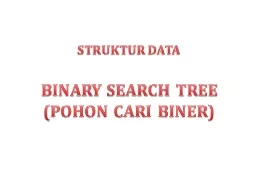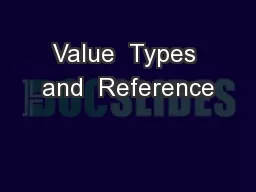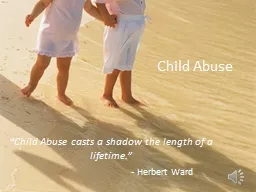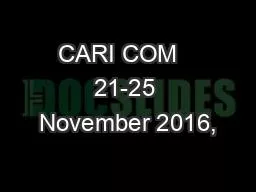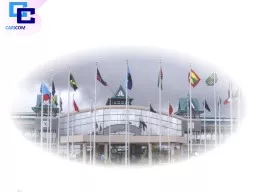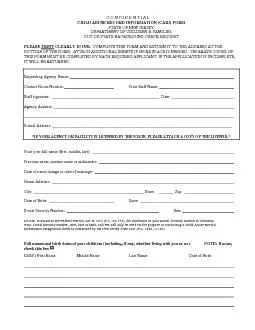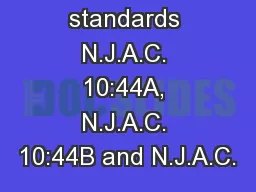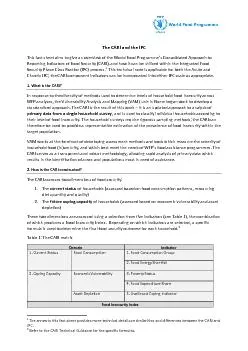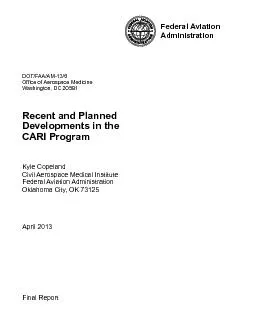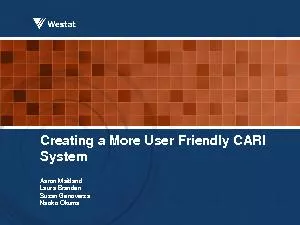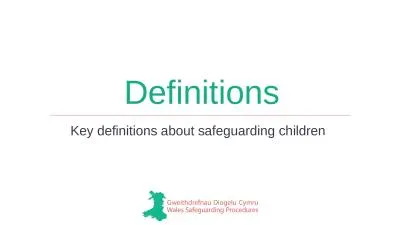PDF-Definitions of Types of Child Abuse Reference Document for Child Cari
Author : wilson | Published Date : 2022-08-22
1 Page There are two places where the types of child abuse httpwwworegongovDHSPOLICIESPagesindexaspx DHS Key Contacts 2 Page ORS 419B005 Types of Abuse Neglect
Presentation Embed Code
Download Presentation
Download Presentation The PPT/PDF document "Definitions of Types of Child Abuse Ref..." is the property of its rightful owner. Permission is granted to download and print the materials on this website for personal, non-commercial use only, and to display it on your personal computer provided you do not modify the materials and that you retain all copyright notices contained in the materials. By downloading content from our website, you accept the terms of this agreement.
Definitions of Types of Child Abuse Reference Document for Child Cari: Transcript
Download Rules Of Document
"Definitions of Types of Child Abuse Reference Document for Child Cari"The content belongs to its owner. You may download and print it for personal use, without modification, and keep all copyright notices. By downloading, you agree to these terms.
Related Documents


